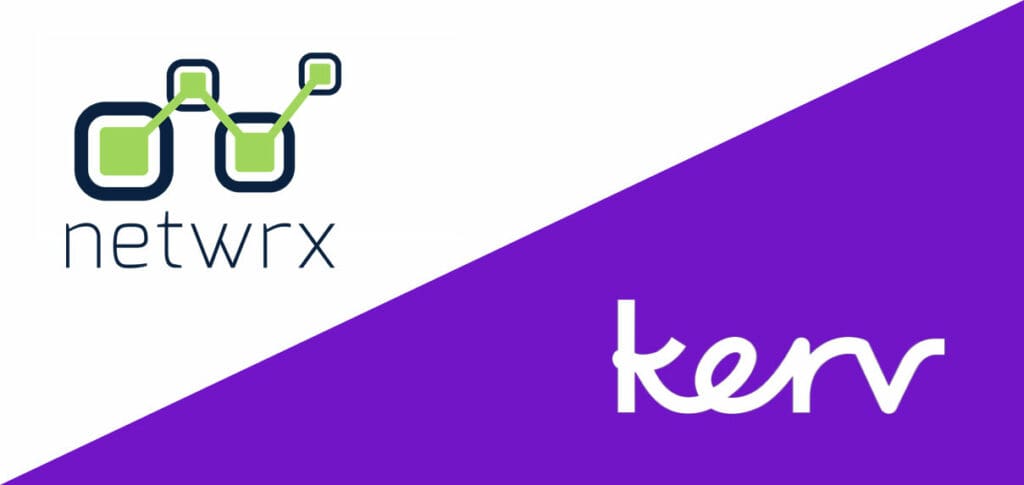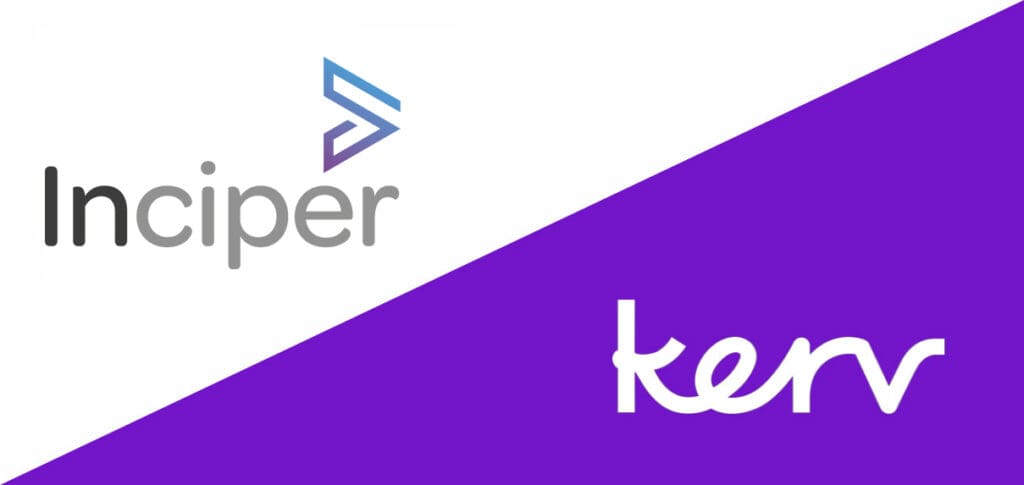
Jane Hamlyn
Managing Director|Kerv Connect
Have a question?
Get in touchPublished 23/07/24 under:
Navigating the complexities of a multi-cloud environment is a challenge many companies face today. Most companies now run multi-cloud environments – but many don’t end up in that situation intentionally.
Teams may require a specific cloud provider for a particular project, forcing you to set up new environments to access certain features. Others could even sign up for unauthorised services without the knowledge of your IT team, leaving you scrambling to integrate a new vendor into your ecosystem safely and securely.
Get on Top of Security with SASE
Security is a paramount concern in any IT infrastructure, but it becomes even more critical in a multi-cloud environment. Multi-cloud environments can be more complex and difficult to secure than single cloud environments, so it is crucial to have robust security policies in place across multiple vendors. Ensuring your security perimeter remains robust across different cloud services is essential to prevent potential weaknesses.
Enter Secure Access Service Edge (SASE). SASE integrates networking and security functions into a unified cloud-native service, providing consistent protection regardless of where your data resides.
By deploying SASE, you can ensure that your security policies are uniformly enforced across all cloud environments, mitigating the risk of security gaps and ensuring compliance with industry standards.
Understand Usage and Optimise Costs
One of the potential benefits of a multi-cloud strategy is cost optimisation, but achieving this requires meticulous management. Multiple vendors can lead to increased complexity and the risk of paying for duplicate or redundant services. It’s crucial to have a comprehensive understanding of your cloud usage to identify areas where costs can be trimmed.
By analysing usage patterns and identifying areas of underutilization, organizations can adjust cloud resource allocation to ensure that they are only paying for what they need. This can be done using auto-scaling features or by manually adjusting resource allocation based on business requirements.
Cloud providers offer a range of cost optimisation tools that can help organizations reduce costs, such as reserving instances for long-term use at a discounted rate or using spot instances for bursts of demand. Multi-cloud management platforms can also help organizations optimize costs by providing a single view of all cloud resources and enabling automated cost optimization across multiple clouds.
Keep Control of Regional Variations
Operating on a global scale adds another layer of complexity to your multi-cloud strategy. Different regions may require different cloud providers to meet local performance or have specific compliance needs which require data to be stored in a specific location or manner. Managing these regional variations effectively can be challenging but is necessary to ensure seamless operations worldwide.
Software-Defined Wide Area Network (SD-WAN) solutions can help by providing a flexible and efficient way to manage your network across multiple cloud providers and regions. SD-WAN allows you to route traffic optimally, ensuring that your applications perform well regardless of where your users are located, while also maintaining compliance with local regulations.
Are you among the 98% of enterprises using or planning to use multiple cloud providers?
Discover how to maximise the benefits and tackle the challenges of a multi-cloud strategy with our comprehensive guide.
Guide to Multi-Cloud Model
Leverage automation and orchestration
Automation and orchestration are essential tools for managing multi-cloud environments efficiently and reducing workload and repetition.
Automating deployment allows organizations to deploy applications across multiple cloud providers with ease, streamlining development processes by reducing the time and effort required to deploy applications manually whilst minimizing the risk of errors and inconsistencies.
Automating scaling and resource management allows for a quick response to changes in demand for applications and services based on real-time data, ensuring that they have the right amount of resources at all times whilst identifying and eliminating underutilized resources.
Automated workload management allows organizations to distribute their workloads across multiple cloud providers, ensuring that each provider is used efficiently and automatically balancing workloads based on factors such as cost, performance, and availability.
Automation can also supercharge security management, allowing for flexible control of security policies and procedures, such as access control, encryption, and compliance monitoring. It also help detect and respond to security threats in real-time, minimizing the risk of data breaches and other security incidents.
Implement User Experience Monitoring
User experience monitoring is critical in multi-cloud environments because it helps organizations ensure that end users receive a seamless and reliable experience across all cloud services. In a multi-cloud environment, applications and services are distributed across multiple cloud providers, which can lead to inconsistent performance, unreliable connectivity, and other issues that can impact the user’s experience.
By implementing user experience monitoring tools, organizations can track key metrics such as application response time, network latency, and other performance indicators. This data allows businesses to identify bottlenecks and areas for improvement, enabling them to optimize their cloud services and ensure that users receive a consistent and high-quality experience.
These tools can help you quickly pinpoint and address issues, ensuring that your end users have a seamless and productive experience. By monitoring user experience, you can also gather data to inform future optimisations and ensure that your multi-cloud strategy continues to meet your business needs effectively.
In addition to improving the user experience, user experience monitoring can also help organizations reduce costs by identifying underutilized resources and opportunities for optimization. This can lead to significant cost savings over time, making it an essential tool for managing multi-cloud environments.
Unravel Your Tangled Multi-Cloud Networks with Kerv
At Kerv Connect, we specialise in helping businesses streamline and optimise their multi-cloud environments. Our team of experts can assist you in rationalising your cloud services, ensuring robust security and reliable performance while keeping costs under control.
Whether you need help integrating new cloud services, enhancing your security posture, or improving user experience, we have the expertise to guide you through the complexities of multi-cloud management.
Ready to regain control of your multi-cloud environment? Download our ebook, the Kerv Guide to Multi-Cloud, today to learn how we can help streamline your operations, enhance security, and optimise costs.
Have a question?
"*" indicates required fields






